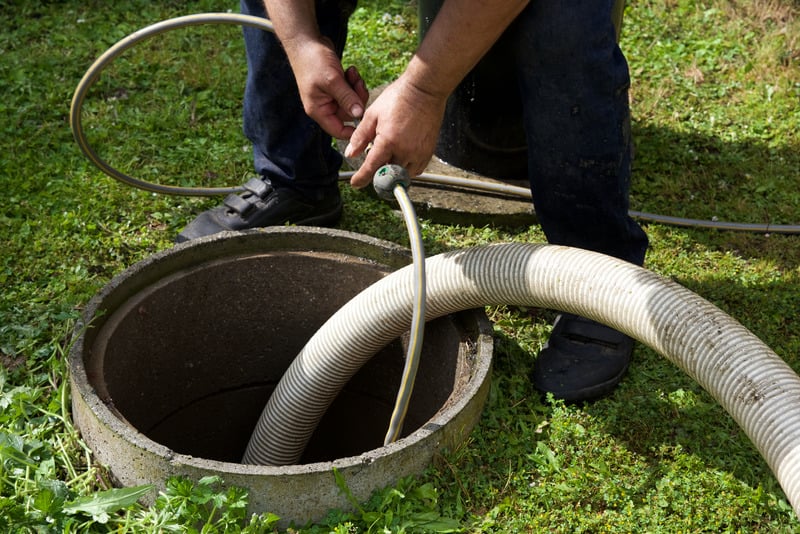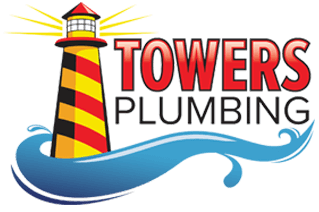
As a homeowner, understanding the difference between a drain and a sewer system is essential for maintaining a healthy and efficient plumbing system. While both systems are responsible for moving wastewater away from your home, they serve different purposes. Issues with either can lead to costly repairs if not addressed promptly. Here’s a breakdown of the key differences between a drain and a sewer system, when issues arise, and how to maintain both systems.
What is the Difference Between a Drain and a Sewer System?
A drain is a part of the system inside your home that collects wastewater from sinks, bathtubs, toilets, and appliances like dishwashers and washing machines. The drain directs this water to the home’s sewer line, where it’s then transported outside to a treatment facility or a septic tank.
A sewer system, on the other hand, is a network of pipes that runs outside your home, usually underground. It carries wastewater away from your property and directs it to a municipal treatment facility or a septic system. While drains handle wastewater inside your home, the sewer system handles waste removal for your entire neighborhood or community.
When Issues Arise: Drain vs Sewer
Understanding the difference between drain and sewer systems helps when issues arise with either system. Here are the most common issues for each:
Issues with Drains
Drain problems often occur when there is a clog or damage obstructing the flow of water. Common signs of drain issues include:
- Slow Draining: If water takes longer than usual to drain from sinks, bathtubs, or toilets, a clog is likely causing the delay.
- Foul Odors: Bad smells from drains may indicate the buildup of food particles, grease, or debris inside the pipes.
- Water Backup: Water backing up into your sink, tub, or toilet can indicate a clogged drainpipe.
Drain problems often result from grease buildup, hair clogs, or foreign objects. Regular drain cleaning and careful attention to what goes down the drain can prevent these issues.
Issues with Sewers
Sewer problems tend to be more serious, as they can affect your entire plumbing system. Common signs of sewer issues include:
- Multiple Drains Are Clogged: If several drains are clogged or draining slowly at once, the issue may lie in the sewer line rather than individual drains.
- Gurgling Noises: Strange noises from your toilet or drains could indicate a blockage in the sewer line.
- Sewage Backup: If sewage is backing up into your home, immediate attention is needed.
Sewer issues can arise from tree roots, pipe damage, or the accumulation of grease and waste. Unlike drain problems, which affect individual fixtures, sewer issues can disrupt your entire plumbing system.
Maintenance: Drain vs Sewer
To prevent issues and maintain your plumbing, regular maintenance is crucial for both drains and sewer systems.
Drain Maintenance
- Clean Drains Regularly: Clean drains using a mixture of baking soda and vinegar or a commercial drain cleaner to remove grease and food buildup.
- Use Hair Traps: Install drain screens in your shower and bathtub to catch hair and debris before they clog the pipes.
- Avoid Flushing Non-Flushables: Never flush items like wipes or paper towels to avoid clogs.
Sewer Maintenance
- Regular Inspections: Schedule a professional sewer line inspection every few years to check for tree root growth, cracks, or other issues.
- Hydro Jetting: Consider hydro jetting every couple of years to clear out buildup and prevent blockages. This method uses high-pressure water to clean the inside of sewer lines.
Understanding the difference between your drain and sewer systems is essential for maintaining a healthy plumbing system. While drain issues are typically localized, sewer problems can affect your entire home. Regular maintenance and prompt attention to potential issues will save you money and hassle in the long run.
If you experience persistent clogs or suspect sewer line damage, contact the Katy Plumbing Company for water leak detection, drain cleaning, or sewer inspections.
